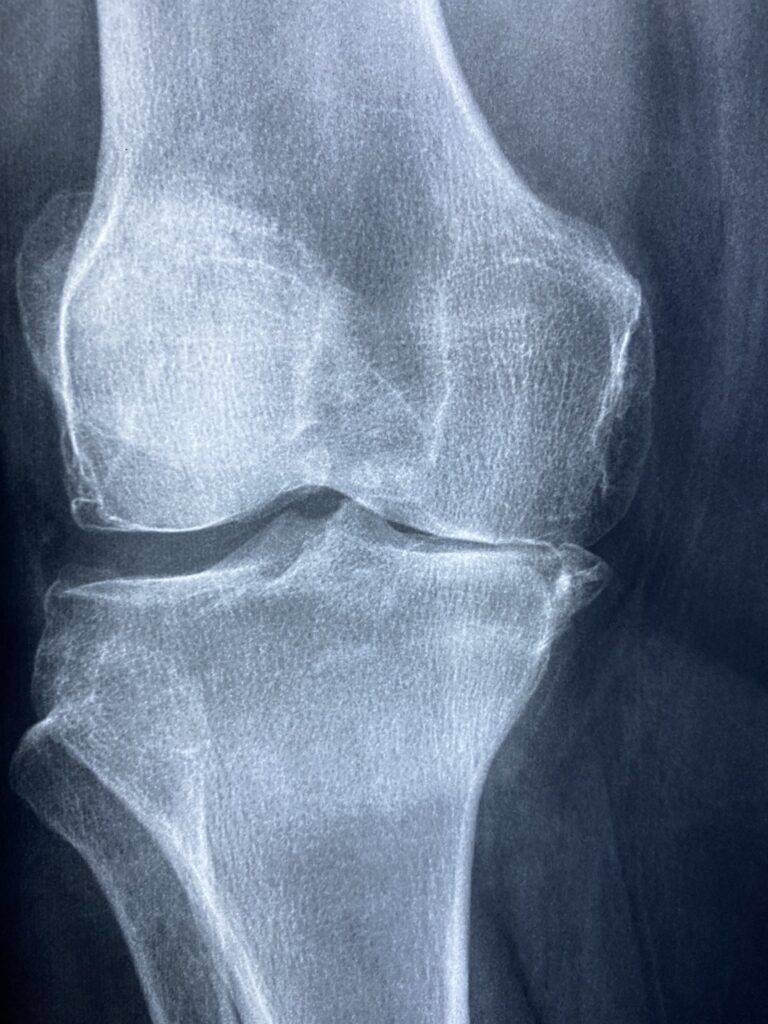Urinary tract infections (UTIs) are common bacterial infections that affect any part of the urinary system, including the kidneys, ureters, bladder, and urethra. UTIs can range from mild to severe and may require medical intervention to prevent complications.
2. Types of UTIs:
- Lower UTIs: These affect the bladder (cystitis) and urethra (urethritis).
- Upper UTIs: These involve the kidneys (pyelonephritis) and are typically more severe than lower UTIs.
3. Symptoms of UTIs:
- Pain or Burning Sensation: During urination, individuals may experience pain, burning, or discomfort.
- Frequent Urination: There may be a frequent urge to urinate, even when the bladder is not full.
- Urgency: A sudden, strong urge to urinate may occur.
- Cloudy or Bloody Urine: Urine may appear cloudy, dark, or have a reddish hue due to the presence of blood.
- Pelvic Pain: Discomfort or pressure in the pelvic area may be present.
- Fever and Chills: In cases of upper UTIs, fever, chills, nausea, and vomiting may occur.
4. Causes and Risk Factors:
- Bacterial Infection: The majority of UTIs are caused by bacteria, most commonly Escherichia coli (E. coli), which can enter the urinary tract through the urethra and multiply in the bladder.
- Risk Factors: Risk factors for UTIs include female gender, sexual activity, urinary tract abnormalities, urinary catheterization, certain medical conditions (e.g., diabetes), weakened immune system, and menopause.
5. Diagnosis of UTIs:
- Urinalysis: A urine sample is analyzed for the presence of bacteria, white blood cells, and other indicators of infection.
- Urine Culture: A urine culture may be performed to identify the specific type of bacteria causing the infection and determine the most effective antibiotic treatment.
- Imaging Studies: In cases of complicated or recurrent UTIs, imaging studies such as ultrasound or CT scan may be conducted to assess the urinary tract for abnormalities.
6. Pharmacokinetics (PK) and Pharmacodynamics (PD) of UTI Treatment:
- Antibiotics: The mainstay of treatment for UTIs is antibiotics, which kill the bacteria causing the infection. Commonly prescribed antibiotics include trimethoprim-sulfamethoxazole, nitrofurantoin, ciprofloxacin, and amoxicillin.
- Choice of Antibiotic: The choice of antibiotic depends on factors such as the type of bacteria causing the infection, the severity of symptoms, and the patient’s medical history.
- Duration of Treatment: Antibiotics are typically prescribed for a course of 3 to 14 days, depending on the severity of the infection.
7. Pathophysiology of UTIs:
- UTIs occur when bacteria, usually from the digestive tract, enter the urinary tract and multiply, leading to infection.
- Bacteria can ascend from the urethra to the bladder, causing cystitis, or travel further up the urinary tract to the kidneys, leading to pyelonephritis.
- Inflammation and irritation of the urinary tract lining occur as the body’s immune response attempts to eliminate the invading bacteria.
8. Non-Pharmacological Treatment and Prevention:
- Hydration: Drinking plenty of fluids helps flush bacteria out of the urinary tract.
- Urinary Hygiene: Wiping from front to back after using the toilet helps prevent the spread of bacteria from the anal area to the urethra.
- Voiding After Intercourse: Urinating after sexual intercourse helps flush bacteria from the urethra.
- Avoidance of Irritants: Avoiding irritants such as perfumed products, feminine hygiene sprays, and douches may help prevent UTIs.
9. Conclusion: Urinary tract infections (UTIs) are common bacterial infections that can affect any part of the urinary system. Symptoms may include pain or burning during urination, frequent urination, cloudy or bloody urine, pelvic pain, and fever. UTIs are typically treated with antibiotics, and prompt diagnosis and treatment are essential to prevent complications. Maintaining good urinary hygiene, staying hydrated, and practicing safe sexual habits can help reduce the risk of UTIs. If you suspect you have a UTI, consult a healthcare professional for evaluation and treatment.




